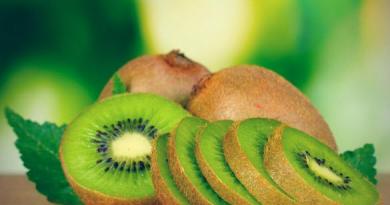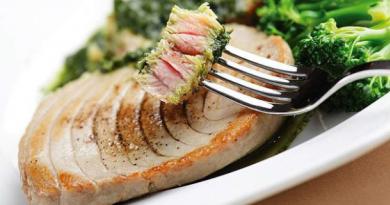Trout is the collective name for three genera of fish belonging to the salmon family. This is perhaps the most valuable prey for the angler: tender red meat and belly stuffed with red nutritious caviar will not leave anyone indifferent. Just one photo of a trout dish will make you have a wild appetite.
Appearance description
Trout has a laterally flattened body, which is why the fish looks slightly flattened, as in the photo. Its muzzle is short and truncated. Trout is a small fish, the length of which varies in the range of 25-35 centimeters, while the mass varies between 200-500 grams. Individual specimens can gain up to 1 or 2 kilograms, but for this, rivers and streams must have abundant food resources. The record belongs to an individual weighing 5 kilograms.
The trout on the vomer has two dentitions on the palatal surface, 3 or 4 teeth are located behind the anterior triangular plate. The dorsal fin at the base is covered with dots, as on the body of a fish. The pelvic fins are yellow at the base. Trout has a varied body color, which depends on living conditions.
Usually, from the back, the fish is painted olive green with a green tint, and its sides are painted yellow, which can be clearly seen in the photo. On the sides, spots are clearly visible, painted in white, black or red. Sometimes the spots have a bluish border. The belly of the fish is white with a gray tint, sometimes casts of copper. Sometimes one tone is predominant, so one trout is dark and the other is light.
The color of the body of a fish depends on many factors: on the food used, the state of the water, the season, and even the color of the bottom. If the water is calcareous, then the trout is painted in silvery light shades, and if the bottom is muddy or peaty, then the fish is dark. Its nutrition affects spotting: there are no spots in well-fed individuals. If the trout is moved from a reservoir to a reservoir, then spots, stripes may disappear or appear on the body.
Females differ from males in body size: females are somewhat larger, they have fewer teeth and a smaller head. In males, the body is small, the head is large, and there are many teeth. The lower jaw in males is sometimes bent upwards; in females, this feature is not observed. The fish has red, yellow or white meat, the color of which does not depend on the sex of the individual.
Varieties
Since trout represents as many as three genera of fish, several of its varieties are distinguished. The following types of trout belong to the genus of loaches:
- Silver char;
- Ozerny;
- Big Head;
- American trout - palia.
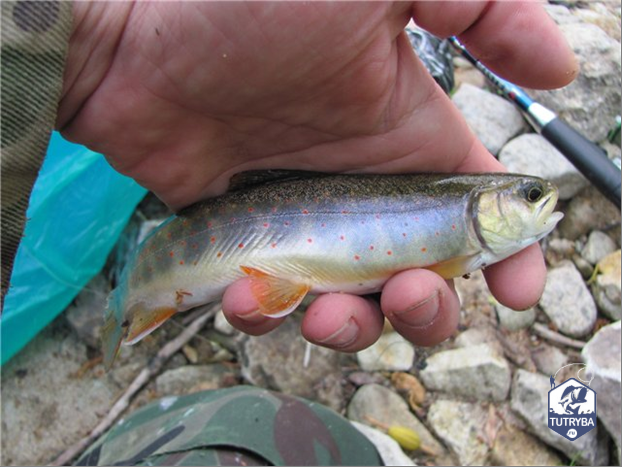
The genus Pacific salmon includes:
- Rainbow trout, its photo is presented below;
- Trout Gila;
- Sea golden trout;
- Kvakazskaya;
- Biwa sea trout;
- Apache salmon.
![]()
The noble salmon include trout:
- Marble;
- Ohrid trout;
- Amurdarya;
- Sevan;
- Brown trout;
- flathead trout;
- Adriatic.
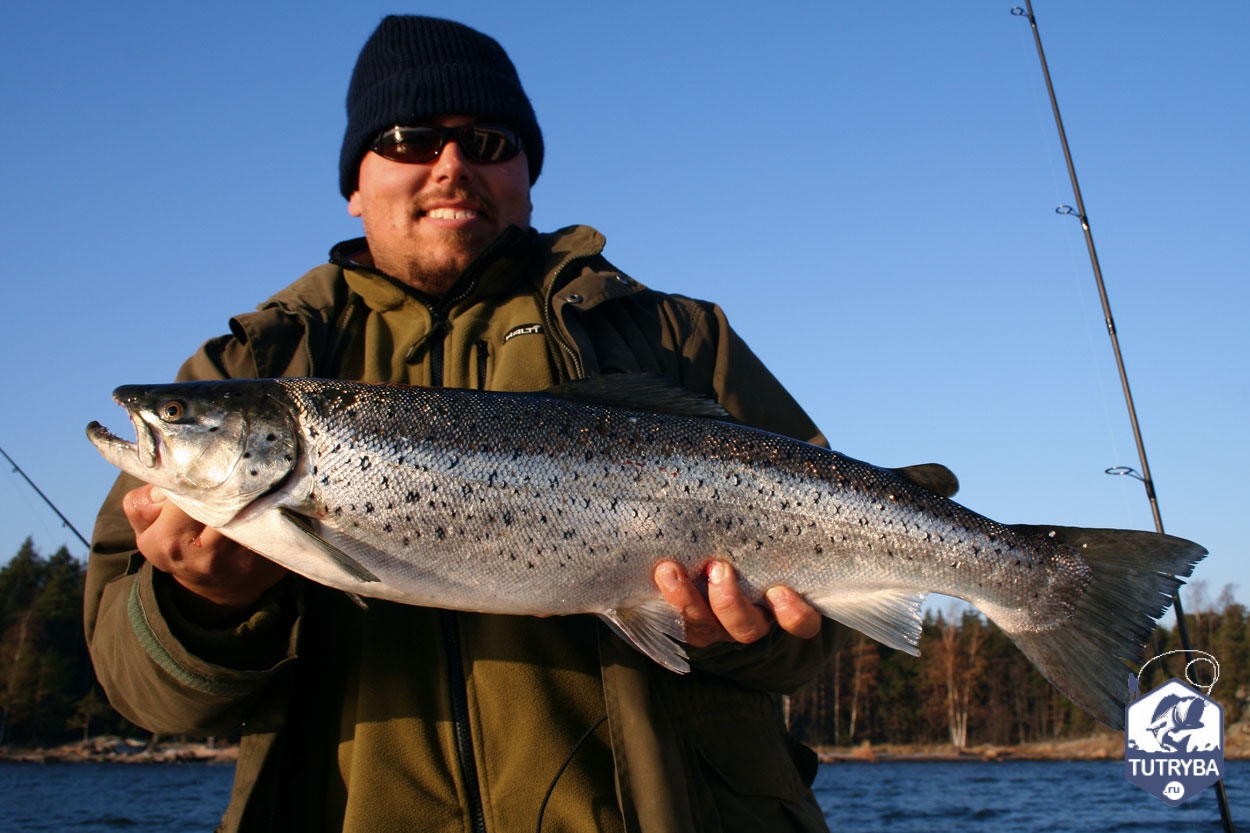
Fish lives both in the seas and in freshwater lakes, in rivers. Some species are migratory. Usually individuals easily pass from one form to another. Some varieties of these salmon fish are shown in the photo.
Distribution and habitats
Trout is mostly found in the USA, where it is actively sport fished. In Norway, where trout is found in no less quantities, special fishing centers have been created for tourists, where only trout fishing is carried out. Fish is widespread in countries where many mountain rivers flow. But fish live not only in rivers.
Trout get along well in the lake, for example - in Ladoga, in Karelian lakes, in Onega and in deep water bodies located on the Kola Peninsula. Brook trout is found in forest and mountain streams, the waters of which are rich in oxygen. The bottom of such streams should be sandy. In them, as a rule, the purest cold water. The fish also lives in the rivers flowing in the Baltic region.
Diet
Trout is very unpretentious in nutrition: everything is eaten, so this type of salmon gains mass very quickly. Fish prey on insect larvae, catch insects by jumping out of the water. She especially loves to eat bloodworms in the period after spawning. Therefore, in May and June, trout constantly jumps out of the water in search of food for fattening.
When the fry reach a sufficiently large size, they begin to switch to feeding on fish. Trout becomes a predator that preys on fry of other fish species, frogs. Some individuals engage in cannibalism. But the basis of nutrition is still fish, beetles, tadpoles, mollusks, crustaceans, insects and their larvae. A predator rushes to meat waste and fish giblets.
reproduction
Trout spawning usually occurs in spring or autumn. The spawning period occurs once a year, and its time depends on the habitat and local climate. As spawning grounds, fish choose shallow waters with a fast current and a bottom covered with stones and pebbles. The diameter of live eggs can reach 5 millimeters, they are colored in yellow or red, as in the photo.
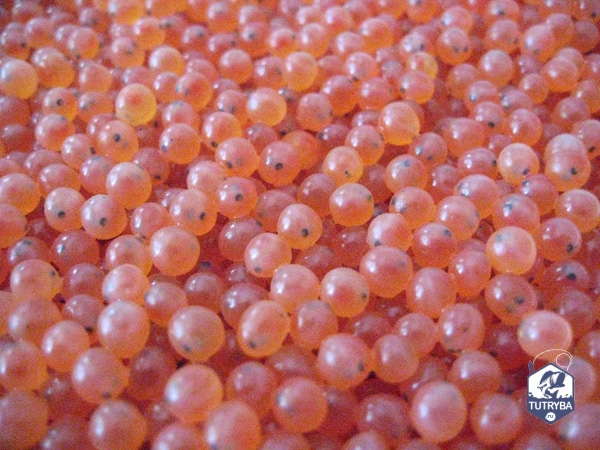
Scientists note one feature in trout fish species. In the development of eggs, only trout show so many deformities. Scientists consider albinism and hermaphroditism as deformities. There are cases when fish hatched with two heads.
Thus, trout occupies a special position among all types of fish. Trout will never cease to be valuable due to the fact that as a result of its active fishing, fish populations are significantly reduced. Overexploitation will put it in danger of extinction.


